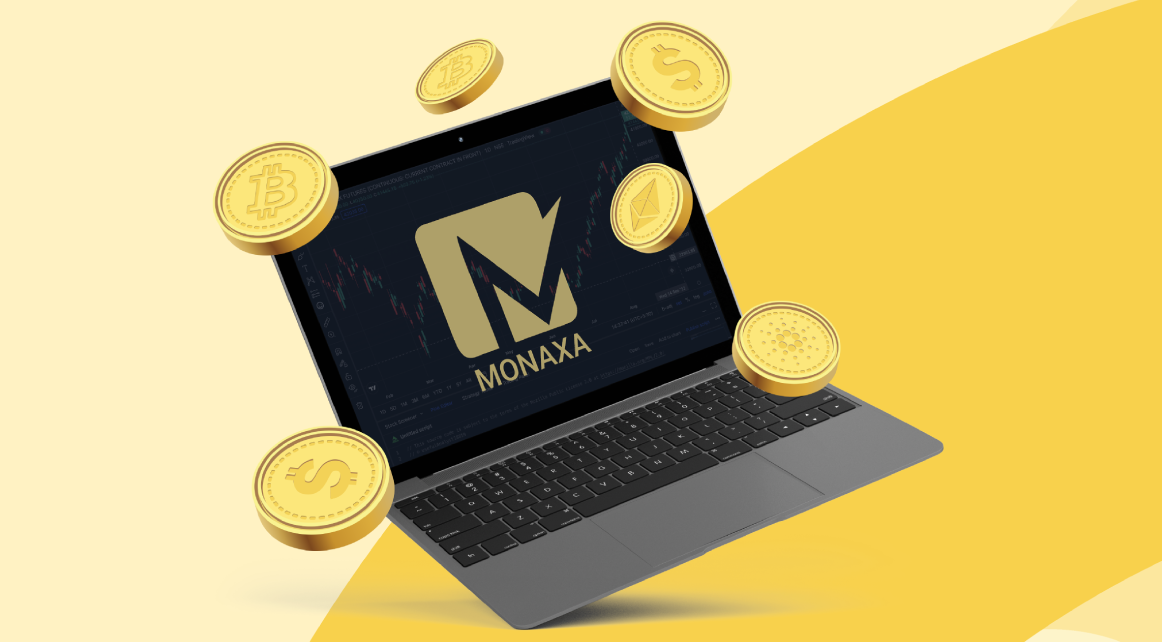Is there a best or worst time to trade FX
Is there a best time to trade?
Just because the Forex Market is open 24 hours a day, it does not mean that we should just trade it anytime we want.
Firstly, the market can be split into three trading sessions, mainly Tokyo, New York, and London. When we refer to a specific trading session, in essence, we are referring to the market open. It is when the banks are open because we can only make a transaction during the banks’ operational hours. If we are referring to the London session, we mean also to include Europe because London is the financial capital of Europe. We are referring to the New York open when we refer to the American session. And as for the entire Asian session, we normally refer to it as Tokyo open.
In order to make money trading, we need the currencies to move. We rely on the changes in price action so that we can make money. If we buy the Eurodollar, we probably want the price to change and preferably go in a specific direction, so that we can make some profit. For the price action to move, millions of dollars are needed in trade, positioned in that one specific direction. So, we need hundreds of millions of dollars to be traded, just so we can get the Euro price to change. This is most likely to happen when the banks and stock markets are in session or open. Similarly, if most people who work at Banks, hedge funds, broker-dealer firms are asleep, we’re probably not going to see much action on the exchange rates.
Is there a worst time to trade?
Opposite to this, we can almost instantly see the moment of price when people start work in the morning and prices start to fluctuate.
For example, the London Stock Market opens at eight o’clock in the morning and immediately, money starts changing hands. But if you looked at the markets at 4:00 or 5:00 a.m. London time, this is when most of the financial world is asleep. Not much tends to move at this time of the morning. We might want to come back at seven o’clock in the morning London time. And suddenly we will see a noticeable change in price movements. It is also due to the fact that the stock market in Europe, for example in France and Germany have all opened. Lots of money is changing hands. Lots of Traders are at work implementing trading decisions and financial institutions are all open for business. So, now they can carry out foreign exchange transactions and the price starts moving and this will continue until about 11 o’clock lunchtime when the Europeans tend to take their lunch. Most of the planned business has been done that morning, and we’re now waiting for the Americans to wake up, so they can go to work and do exactly the same thing.
To a currency trader, one of the most important indicators in Forex is the clock. If we need to plan our trades in the Asian session, then it is only right that we wait until the Asian markets are open and people in Asia are up and gone to work.
It is important to understand this because many people just look at trading as simply a mathematical formula rather than understanding human behaviour. Trading is largely understanding people. When do they go to work? When do they go to lunch? When is there a national holiday?
If we are trading the London session, we will often see a trending move that starts at 7 or 8 o’clock in the morning in London and suddenly it starts to die around 11:00 to 11:30 a.m. This means that many traders have reached their target. It’s time to take the risk off the table before the Americans wake up and perhaps, they might decide to take the market in a different direction.
For some, this seems a difficult thing to understand and if we take a good look at the chart and plot the time during the London session, we will see a pattern over and over again. The London session quiets down around 1:30 p.m. London time and this is when New York has woken up to get to work. Transactions are coming through and at the same time, they’ve got a lot of economic data that they release in the morning before the New York Stock Exchange opens. Obviously, this economic data is in relation to the US and therefore the dollar and that has a huge impact on markets and for the dollar being the biggest among currencies. So, what all these things mean is that we can predict when there will be an increase in both market participants and volume, which in turn quite often is going to result in currency moves and we want to catch those moves. That’s our job
How do we as currency traders gauge a particular move in the currency?
Well, it varies actually on a day to day basis. The most liquid traded currency pair, the Eurodollar moves over 70 Pips during a Tokyo session, 90 Pips over the New York session, and on average well over 100 Pips during the London session.
So, if we want to make money trading Eurodollar, it’d be a good idea to trade it, during one of these three trading sessions, Tokyo, London or New York. We want to avoid trading outside of these sessions. So, for example, the time after the Americans have closed and gone home for the evening and before Asia has woken up. This is the time when the market is going to be very quiet. Similarly, when Asia is finished work and before the start of the London session. The markets are also going to be quiet during these off-market hours and we might not want to be in a trading position.
Asian currencies tend to do better during Tokyo compared to American currency. It’s not recommended to trade the Dollar/CAD during the Tokyo open. It makes more sense to trade dollar/cad in during the New York session. So, thinking of how and why a move happens will help us decide which pair to trade and which session to trade it in.
Now, of course, the trading it’s not all done in Tokyo. Hong Kong, Singapore, Sydney, they all contribute hugely to the Asia session. So, don’t just focus on when a bank in Tokyo is going to open. In the three sessions highlighted, we see Asia is slightly lighter compared to London and New York. So, when we trade Asia, we trade it slightly differently to when we trade London. Also, we need to consider that London and New York, they actually overlap each other time-wise. Just bear in mind that largely the market is made up of people who simply just wake up in the morning and go to work, bank or the hedge fund, or wherever they may be, and once these people finish work and go home. They’re trading stops. So, the timing of the day makes a huge difference when we are analysing the markets.
Similarly, if we want to place a trade during the New York lunchtime, we may want to consider that London Traders are now finishing work and the banks are closing and liquidity is about to start drying up. In fact, the trend could start to reverse because London Traders may start taking their profits and the process of taking profits means they may trade in the opposite direction of where we initially traded. For example, the Eurodollar has been going up all New York morning. It’s not uncommon to then see it fall because the Europeans are now selling to take their profits on that Eurodollar position.
Quite often, Friday is the day that many Traders want to just take their profits for the weekend. It would also be good to remember, not hold anything overnight positions, and risk them over the weekend.
So, what are the best days to trade Forex? If we look at the average pip range for each of the major pairs for each day of the week, we have often found that Tuesday, Wednesday, and Thursday are the busiest days of the week. This is where we see the highest movements in price action. Come Friday, Europe is winding down for the weekend. Asia has already gone home for the weekend and there isn’t any new money coming into the market. Without new money coming into the market, it will be hard to see how a trend will continue further in that direction although Forex is traded 24 hours a day. There are certain days of the week, certain times of the day that certain currency pairs offer more favourable trading than other currency pairs. It will be good to remember this. So, although these opportunities are open to us, it will be good for us to try to use a little bit of common sense to know when to trade but also when not to trade.
So, the best days to trade are Tuesday, Wednesday, and Thursday. It will be good to avoid trading during holidays, Thanksgiving, and even in the week during Christmas because it is not very liquid during these times of the year to be trading.
The market can behave unpredictably. So, for example, if we are approaching the week of Thanksgiving, good to bear in mind that a lot of people are going to be gearing up for that holiday and good for us to get into a sort of unwinding position and not really look to take on any new trades.











